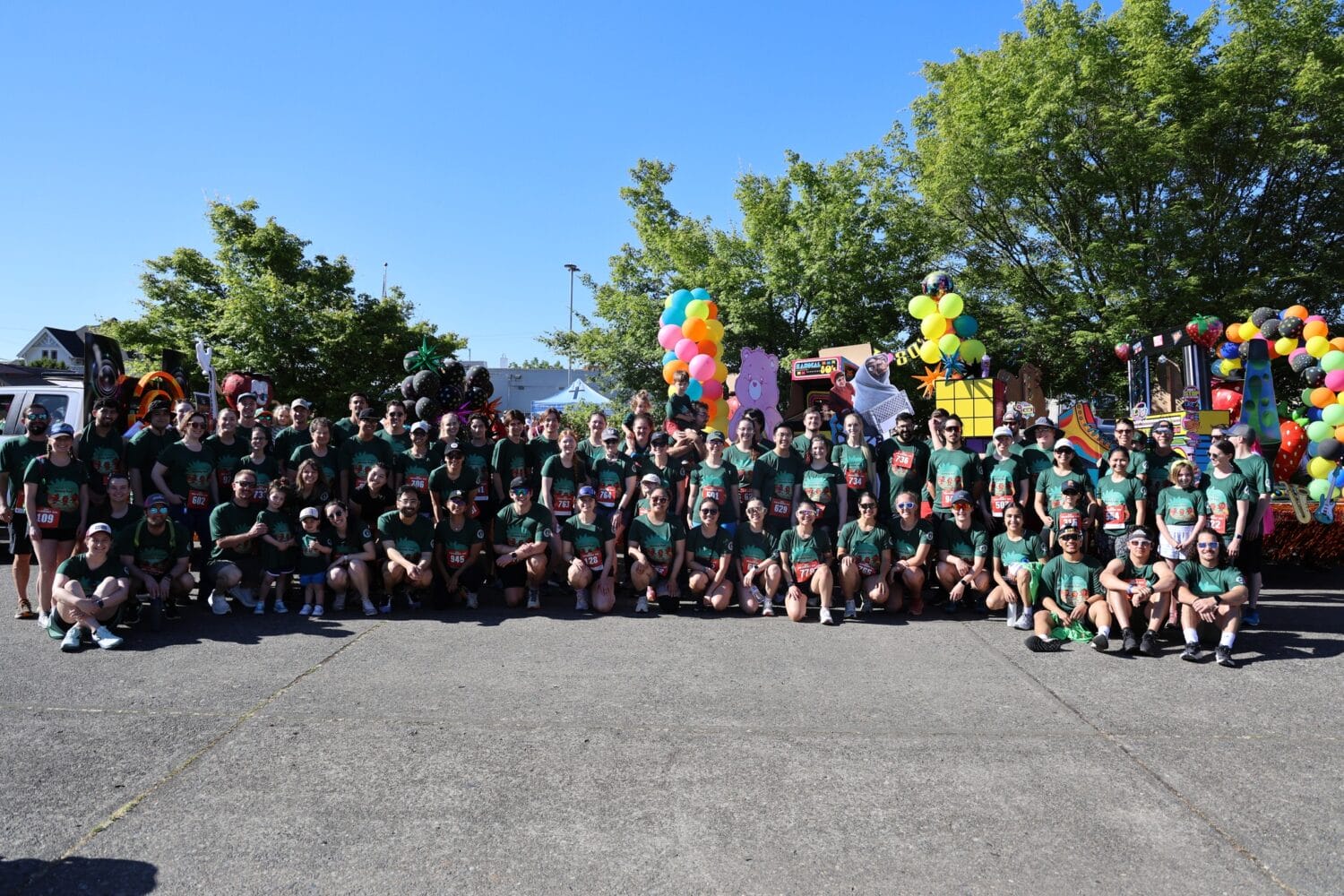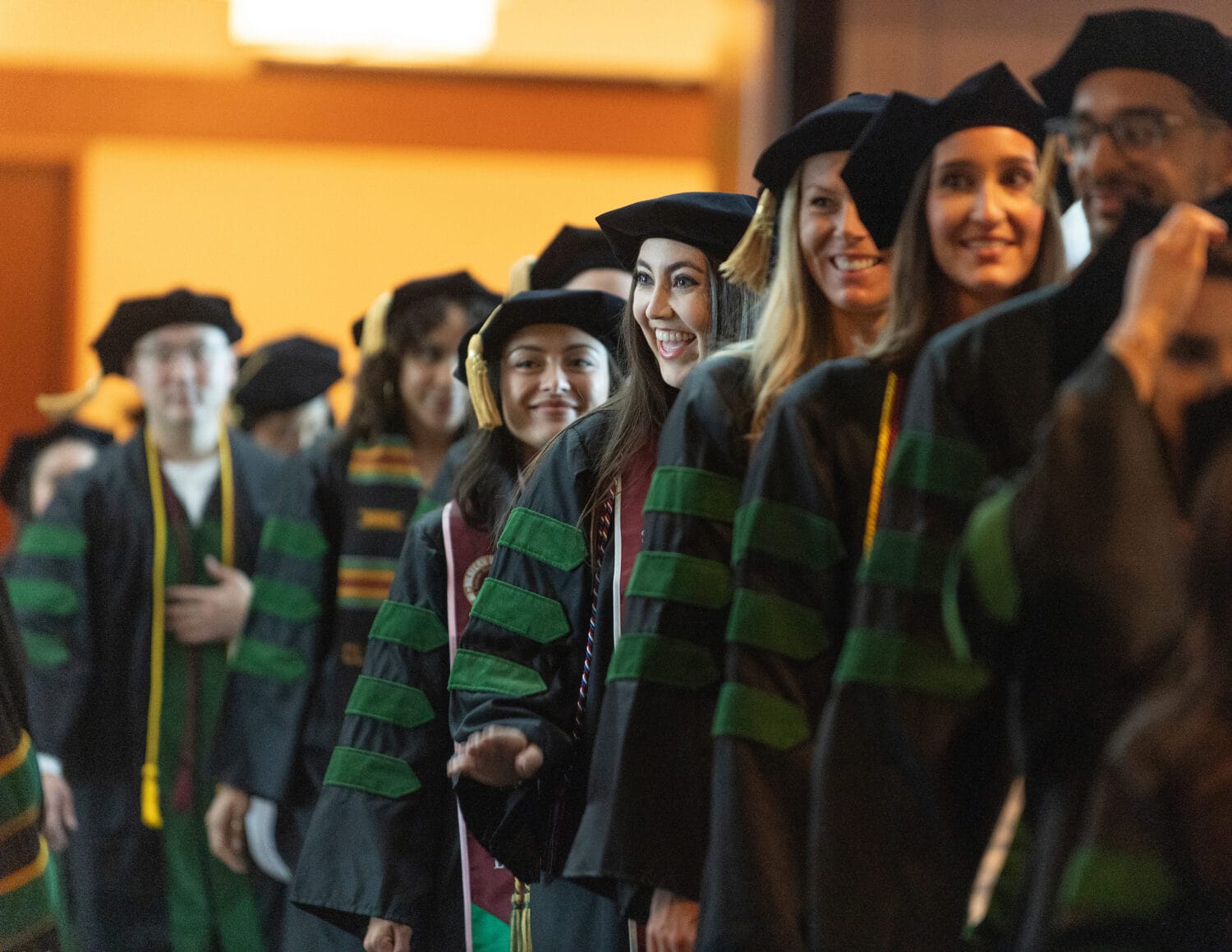COMP-Northwest student earns top research award
Second-year College of Osteopathic Medicine of the Pacific-Northwest student Kurtis Webster earned the World Congress of Ultrasound in Medical Education 2013 Research Award.
He presented a research poster at the World Congress of Ultrasound in Medical Education conference, held Sept. 27-29, 2013 in South Carolina. His poster was the only one recognized out of 100 presentations by students, faculty and residents.
“I am proud to be a COMP-Northwest student and honored that my poster was chosen for this great award. There were a lot of really amazing posters there, including two additional posters from COMP-Northwest that were very well done also,” Webster said. “Dr. Benninger was critical in helping me organize my words, the research, and the layout of the poster. I feel very grateful and privileged to have him as a mentor.
Brion Benninger, MD, MSc, COMP-Northwest Professor and Executive Director of the Anatomy Center for Innovative Education and Science, led a team of medical students from WesternU to the conference. He has developed one of the most progressive and innovative programs worldwide for training medical students in the use of ultrasound, and integrating it in a vertical curriculum. Benninger and his team of medical students were honored to be the most represented university for oral and poster presentations.
Benninger, second-year medical student Adam Mina, third-year medical student Rebecca Corbett, and third-year medical student Andy Berglund presented oral platform presentations. Second-year medical students Corby Makin, Stephanie Duckett and Webster offered poster presentations of their research projects.
Webster’s summer project, completed with classmate Eric Vinceslio, was “Investigation of the sliding lung sign on embalmed cadaveric tissue: A teaching method for health care students.” The project involved intubating cadavers and visualizing the movement of the lungs utilizing ultrasound to ensure proper intubation.
Webster is an Army lieutenant who served as a medic for five years, including deployment to Iraq in 2009-10. The second leading cause of preventable death on the battlefield is pneumothorax, or air building up between the lung and chest wall, he said.
Traditionally, individuals that place endotracheal tubes to secure an airway are limited to practicing on mannequins, the recently deceased, and critically injured patients, Webster said.
“We used a technique called the ‘sliding lung sign’ that visualizes the sliding of the visceral pleura of the lung and the parietal pleura of the chest wall. This sign is also used in an acute setting for the assessment of a pneumothorax,” he said. “The sliding lung sign disappears if there is even a small amount of air present, and this indicates a pneumothorax that may require an intervention. After intubation of the donor cadaver patient, we were able to see the sliding lung sign. This confirmed the correct placement of the endotracheal tube and ruled out a pneumothorax in the area that we were assessing. This is exciting because we are using ultrasound guided techniques on our very first patients that we encounter in medical school.”
The conference was a great experience because he met two of the ultrasound pioneers that inspired his research, Webster said. Dr. Daniel Lichtenstein coined the term “sliding lung sign” in 1995, and he presented a lecture on how to properly assess the lungs with ultrasound.
“Dr. Michael Blaivas showed in a 2005 study how ultrasound is better than X-ray at assessing for a pneumothorax, and I was able to attend a workshop that he taught on ultrasound guided lumbar puncture,” Webster said. “After the workshop, he personally gave me some great advice on other methods to assess for proper endotracheal tube placement using ultrasound.”
Intubating the cadavers was difficult, so they are working with an embalmer to establish a method that would facilitate the process, Webster said.
“We hope to continue collecting data, so that we may establish a protocol that others may follow,” he said. “This could potentially enable every future medical professional to practice these critical skills during their first year of medical school.”



